In an ever-changing world, the concept of biophilic design has emerged hand in hand with modern living. But what exactly does biophilic design mean, and why is it gaining traction in architecture and interior design? Let’s discuss the essence of biophilic design, its principles, benefits, and practical applications.
Understanding Biophilic Design
Biophilic design is an innovative approach that seeks to connect people with nature through the built environment. The term “biophilia,” coined by psychologist Erich Fromm in the 1970s, refers to the inherent human affinity for nature and living systems. Biophilic design leverages this innate connection by incorporating natural elements, patterns, and processes into architecture and interiors.
Core Principles of Biophilic Design
- Natural Elements: Incorporating plants, water features, natural light, and organic materials enhances the sensory experience and brings a sense of tranquility.
- Views and Vistas: Designing spaces that provide views of nature or open landscapes helps reduce stress and promotes well-being.
- Spatial Configuration: Using forms and patterns reminiscent of natural environments, such as curves and asymmetry, can create a more organic feel within spaces.
- Natural Materials: Emphasizing materials like wood, stone, and natural textiles can create warmth and a connection to the outdoors.
- Light and Air: Maximizing natural light and ventilation not only improves the aesthetic quality of a space, but also enhances energy efficiency.
Benefits of Biophilic Design
The benefits of biophilic design extend beyond mere aesthetics. Research has shown that integrating nature into our living and working environments can lead to:
- Improved Well-being: Exposure to natural elements can reduce stress, enhance mood, and increase overall life satisfaction.
- Enhanced Productivity: Workspaces designed with biophilic principles have been linked to increased focus and creativity.
- Health Benefits: Natural light and improved air quality contribute to better physical health and lower absenteeism.
- Sustainability: Biophilic design often involves sustainable practices, promoting ecological balance and reducing environmental impact.
Practical Applications
Biophilic design can be applied in various settings, from residential homes to commercial buildings and public spaces. Here are a few examples:
- Residential Spaces: Incorporating large windows that invite natural light, creating indoor gardens, or using natural materials in furniture can enhance a home’s connection to nature.
- Workplaces: Office environments can benefit from open layouts with plant walls, natural lighting, and designated outdoor spaces for breaks, fostering a more productive atmosphere.
- Public Spaces: Parks, community centers, and schools can implement biophilic design through nature-inspired play areas, green roofs, and spaces for community gardens.
Conclusion
Biophilic design is more than a trend; it’s a holistic approach that recognizes the fundamental relationship between humans and nature. By integrating natural elements into our built environments, we can create spaces that nourish our bodies and minds, enhancing our quality of life. Whether you’re a designer, architect, or simply someone interested in improving your living space, exploring biophilic design could help by fostering a deeper connection to nature. NJ Office Furniture Depot can help you by choosing a work space that you will love, be functional and serene.


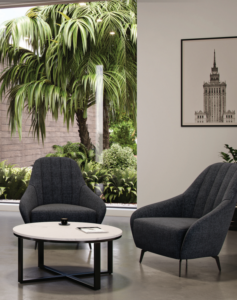
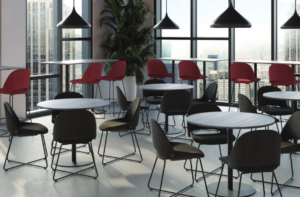
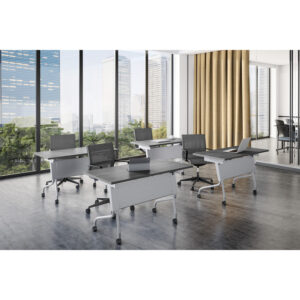
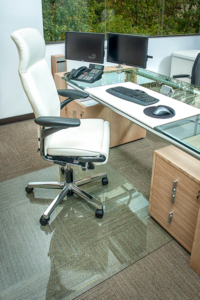
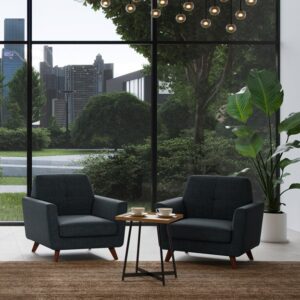
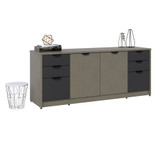
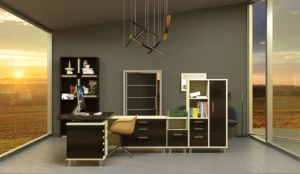
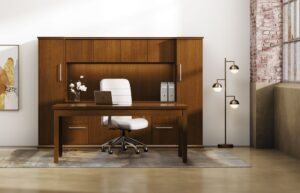
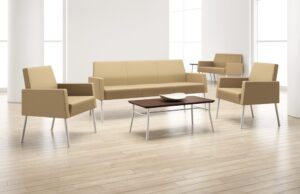
One Response
Wonderful web site Lots of useful info here Im sending it to a few friends ans additionally sharing in delicious And obviously thanks to your effort